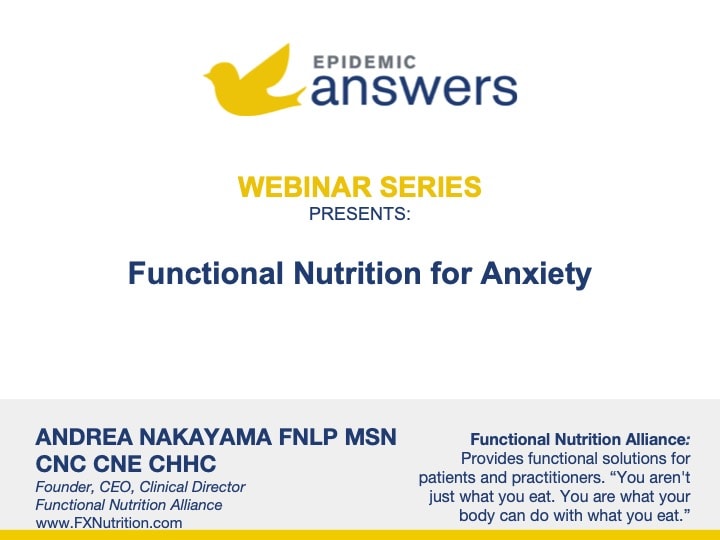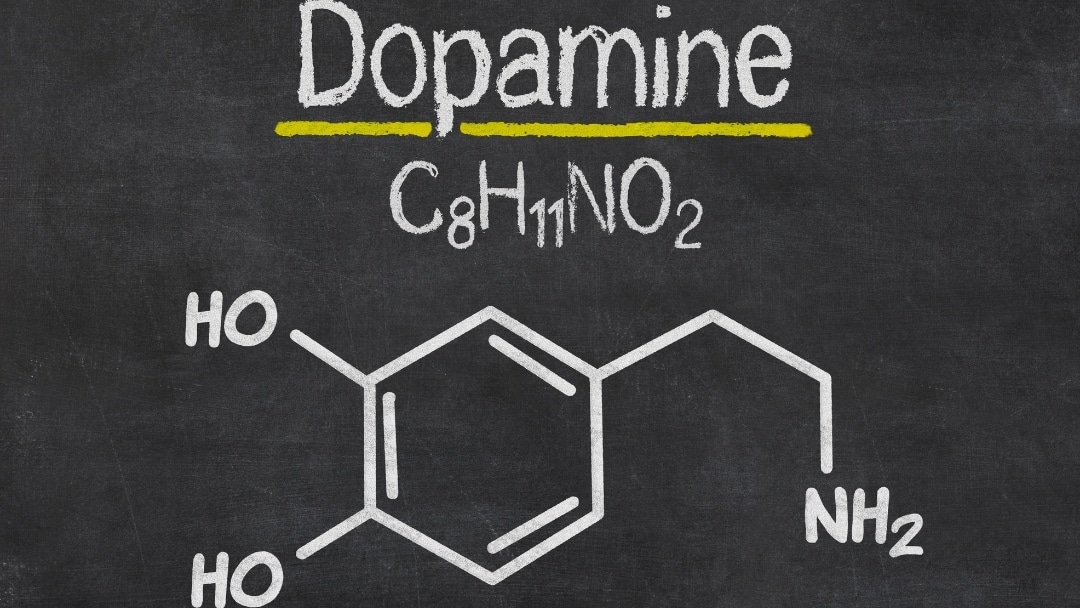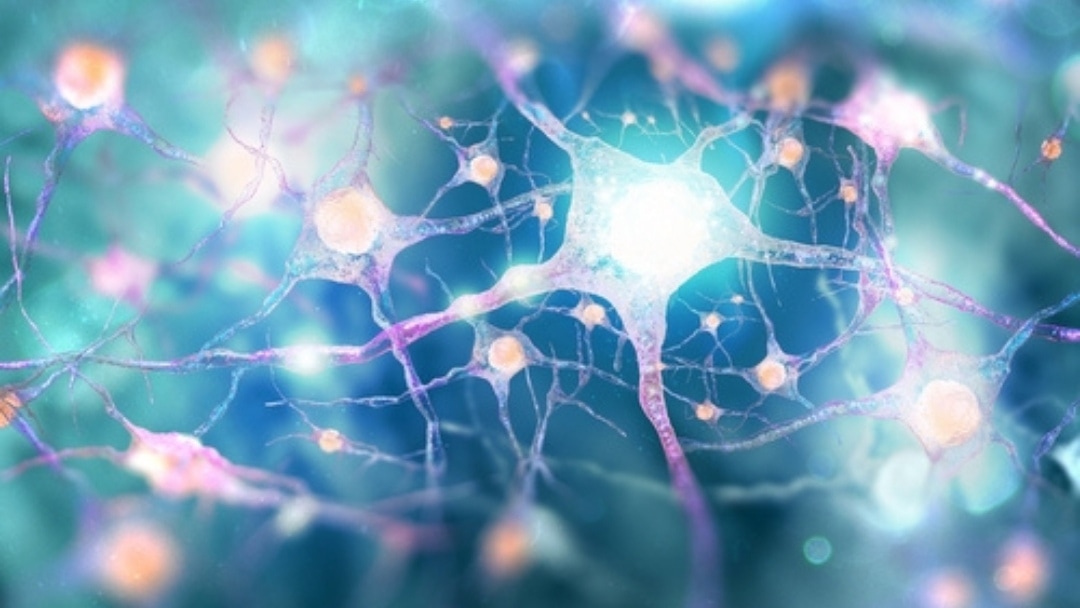Neurotransmitter imbalances are common in mood and behavior disorders such as:
- Bipolar disorder
- Depression
- Anxiety
- Seasonal Affective Disorder (SAD)
- Pyrrole disorder
- Eating disorders
- Obsessive Compulsive Disorder (OCD)
- ADHD/ADD
- Schizophrenia
- Oppositional Defiant Disorder (ODD)
- Addictive behaviors
Many children, especially those on the autism spectrum, also experience:
- Mood swings
- Anxiety
- Self-stimulatory behaviors
- Aggression
- Depression
- Anger
- Irritability
- Self-injurious behaviors
One way to really understand what is going on neurologically with your child is to test for different biochemical imbalances that which can help you determine where the issues are and how to nutritionally correct them.
It is important to note that neurotransmitter imbalances often begin in the gut, both because intestinal microbes play a critical role in the production and metabolism of neurotransmitters, but also because nutritional precursors to neurotransmitters are derived from the gut. If your child is exhibiting mood or behavioral symptoms, the first place to look is the health of their gut and the composition of their diet.
Below are some of the common neurotransmitter imbalances seen in children with mood and behavioral issues:
Serotonin
Neurotransmitter imbalances – whether high or low – can affect mood and behaviors of a child. Serotonin, known as the “happy hormone”, regulates and stabilizes mood, sleep, appetite, anxiety, impulse control and cognition. Serotonin is found in large quantities in the gastrointestinal system due to the digestive stimulatory properties, so healing the gastrointestinal tract is an important factor in increasing serotonin levels.
Catecholamines
Dopamine and norepinephrine are both catecholamines, hormones and neurotransmitters. Too much dopamine can result in intense psychotic anxiety, inappropriate thinking process and even psychosis. Too little dopamine will often look like laziness, apathy or lack of motivation. Norepinephrine is the stress hormone that controls attention and response actions. If norepinephrine is too high, it can also cause manic episodes.
Excitatory Neurotransmitters
Glutamate, glutamic acid and glutamine are all excitatory neurotransmitters. Too many excitatory neurotransmitters produce excitotoxicity, causing nerve damage or cell death, the result of which triggers inflammation. Excess excitatory neurotransmitters can cause:
- Hyperactivity
- Mood swings
- Tics
- Seizures
- Insomnia
- Aggressive behaviors
If your child exhibits any of these behaviors, consider a low-glutamate diet to see if symptoms and behaviors improve.
Inhibitory Neurotransmitters
GABA, an inhibitory neurotransmitter, calms behaviors, anxiety and aggression and regulates mood, but too many excitatory neurotransmitters can decrease GABA levels. L-taurine and L-tryptophan both have a calming effect on behaviors.
Other Neurotransmitters
L-phenylalanine and L-tyrosine can improve thyroid functioning, which improves energy levels and mood.
Vitamin and Mineral Deficiencies
Zinc and Copper
The zinc/copper ratio is very important for mood.
Low zinc and high copper are associated with:
- Anxiety
- Depression
- Mind-racing
- Mood swings
- Irritability
- Panic attacks
B Vitamins and Vitamin C
Both vitamin C and the B-complex vitamins are all calming to the nervous system, create emotional stability and improve sleep. The B vitamins include:
- Thiamine (B1)
- Riboflavin (B2)
- Niacin (B3)
- Pantothenic acid (B5)
- Pyridoxine (B6) P5P
- Choline
- Inositol: Children with obsessive compulsive behaviors, PANDAS, and tics often benefit from inositol.
- Folate (B9): Low levels of folate (5methyltetrahydrofolate) or folinic acid can result in depression. Folate plays a critical role in the methylation cycle which can affect mood and behaviors. Some children are unable to effectively utilize the synthetic forms of folate found so abundantly in processed wheat and cereal foods and thus require special supplementation.
- Cobalamin (B12): Low levels of B12 can lead to the degeneration of the central nervous system and trigger brain fog, memory loss or psychotic and manic behaviors.
Calcium and Magnesium
Calcium and magnesium can relax the nervous system and improve sleep. Children with an inability to sleep often benefit from magnesium supplementation or increased magnesium in the diet.
Low Lithium
For over fifty years, lithium carbonate has been a drug used for bipolar, schizophrenia and other psychiatric disorders. Children with anxiety, mood disorders, bipolar disorder and neurodevelopmental disorders may benefit from taking natural lithium in the form of lithium orotate to reduce mood swings and improve behaviors. Lithium can also be obtained from diet.
Low levels of lithium can cause:
- Aggression
- Anxiety
- Depression
- Learning disabilities
- Psychotic behaviors
- Manic behaviors
Symptoms of low lithium can also be aggravated by low levels of B12. Lithium is needed for the uptake of folate and B12 into the cells. This is very important for methylation. The relationship between lithium, B12 and folate are crucial for children demonstrating mood and behavioral symptoms.
Lithium can also increase GABA in the brain and help protect against glutamate excitotoxicity. Lithium can also take from the thyroid hormone production, so it may be appropriate to supplement with iodine or put iodine on the skin to ensure proper thyroid functioning.
Other Contributing Factors to Mood and Behavioral Disorders
Blood-Brain Barrier Breach
A breach of the blood brain barrier can be caused by:
- A concussion
- High EMF exposure
- Antibiotic therapy
- Microbial infections
Microbial infections can contribute to mood and behavioral problems in children, especially:
- Streptococcus
- Borrelia burgdorferi
- Babesia
- Bartonella
- Erlichia
- Clostridia difficile
Conditions like PANDAS/PANS, chronic Lyme disease and Obsessive Compulsive Disorder often have a microbial component. In other words, the body is unable to effectively manage an ongoing infection, which in turn creates a whole cascade of inflammatory and neurological consequences.
Quinolinic Acid
Quinolinic acid, a known neurotoxin, is a downstream product of the kynurenine pathway, which metabolizes the amino acid tryptophan. Both of these can cause:
- Excessive inflammation
- Immune overstimulation
- Excessive cortisol production due to stress and anxiety
Viruses
Viruses can be the underlying triggers to many autoimmune disorders including PANS and can affect mood and behaviors. Common underlying herpetic viruses in mood and behavior disorders are:
- Epstein Barr
- Varicella
- Cytomegalovirus
- Herpes #1
- Herpes #2
- Human Herpes Virus #6
Low Cholesterol
Low cholesterol, which is frequently found in children on the autism spectrum, can result in:
- Violent behavior
- Depression
- Suicide
- Anxiety
- Delinquency
Low cholesterol is essential for the proper functioning of serotonin and oxytocin receptors.
Hypoglycemia
Hypoglycemia occurs when glucose levels drop. A diet high in carbohydrates and low in minerals can trigger symptoms of:
- Anger
- Confusion
- Irritability
- Anxiety
- Violence
Nutritional imbalances and addiction profiles usually lead to substance or alcohol abuse as a result of self-medicating. Testing neurotransmitter levels is recommended.
Hypothyroidism
Hypothyroidism occurs when the thyroid and adrenal glands are both under-functioning, triggering problems with sleep, concentration and immunity.
Fatty Acids
Low fatty acid levels are known to cause depression, anxiety, mood and behavior disorders. DHA and EPA have been proven to be the most effective.
High Testosterone
High testosterone, common in children with autism, can cause children to be:
- Violent
- Self-mutilating
- Aggressive
- Unbelievable strength
- Non-compliant
Environmental Toxins
Toxic environmental exposures of heavy metals such as mercury, lead, aluminum, cadmium, nickel, and arsenic cause disruption and imbalances in the functioning of neurotransmitters affecting mood and behaviors. Most heavy metals are free radicals that induce oxidative stress which also affects mood and behaviors.
Still Looking for Answers?
Visit the Epidemic Answers Practitioner Directory to find a practitioner near you.
Join us inside our online membership community for parents, Healing Together, where you’ll find even more healing resources, expert guidance, and a community to support you every step of your child’s healing journey.
Sources & References
Atladottir, H.O., et al. The increasing prevalence of reported diagnoses of childhood psychiatric disorders: a descriptive multinational comparison. Eur Child Adolesc Psychiatry. 2015;24(2):173-83.
Berk, M., et al. So depression is an inflammatory disease, but where does the inflammation come from? BMC Med. 2013;11:200.
Berry, E.A., et al. National estimates of the inpatient burden of pediatric bipolar disorder in the United States. J Ment Health Policy Econ. 2011;14(3):115-23.
Bayer, J.K., et al. The Cool Little Kids randomised controlled trial: population-level early prevention for anxiety disorders. BMC Public Health. 2011;11:11.
Bitsko, R.H., et al. Epidemiology and Impact of Health Care Provider-Diagnosed Anxiety and Depression Among US Children. J Dev Behav Pediatr. 2018 Apr 24.
Bonnot, O., et al. Children and adolescents with severe mental illness need vitamin D supplementation regardless of disease or treatment. J Child Adolesc Psychopharmacol. 2011;21(2):157-61.
Camilleri, M. Serotonin in the gastrointestinal tract. Curr Opin Endrocrinol Diabetes Obes. 2009 Feb;16(1):53-9.
Ceylan, M.F., et al. Lipid peroxidation markers in children with anxiety disorders and their diagnostic implications. Redox Rep. 2014;19(2):92-6.
Cohen-Cline, H., et al. Access to green space, physical activity and mental health: a twin study. J Epidemiol Community Health. 2015 Jun;69(6):523-9.
Costello, E.J., et al. 10-year research update review: the epidemiology of child and adolescent psychiatric disorders: II. Developmental epidemiology. J Am Acad Child Adolesc Psychiatry. 2006 Jan;45(1):8–25.
Dusetzina, S.B., et al. Treatment use and costs among privately insured youths with diagnoses of bipolar disorder. Psychiatr Serv. 2012;63(10):1019-25.
Guney, E., et al. Oxidative stress in children and adolescents with anxiety disorders. J Affect Disord. 2014;156:62-6.
Fernandes, A.C., et al. Development and evaluation of a de-identification procedure for a case register sourced from mental health electronic records. BMC Med Inform Decis Mak. 2013;13:71.
Hepgul, N., et al. Depression pathogenesis and treatment: what can we learn from blood mRNA expression? BMC Med. 2013;11:28.
Karakula, H., et al. [Does diet affect our mood? The significance of folic acid and homocysteine]. Pol Merkur Lekarski. 2009;26(152):136-41.
Leuchter, A.F., et al. Intermediate phenotypes and biomarkers of treatment outcome in major depressive disorder. Dialogues Clin Neurosci. 2014;16(4):525-37.
Marazziti, D., et al. Psychiatric disorders and mitochondrial dysfunctions. Eur Rev Med Pharmacol Sci. 2012;16(2):270-5.
Mitchell, E.S., et al. B vitamin polymorphisms and behavior: evidence of associations with neurodevelopment, depression, schizophrenia,bipolar disorder and cognitive decline. Neurosci Biobehav Rev. 2014;47:307-20.
Ostiguy, C.S., et al. Sensitivity to stress among the offspring of parents with bipolar disorder: a study of daytime cortisol levels. Psychol Med. 2011;41(11):2447-57.
Rollins, B., et al. Mitochondrial variants in schizophrenia, bipolar disorder, and major depressive disorder. PLoS One. 2009;4(3):e4913.
Rook, G.A., et al. Microbiota, immunoregulatory old friends and psychiatric disorders. Adv Exp Med Biol. 2014;817:319-56.
Thompson, L., et al. What have birth cohort studies asked about genetic, pre- and perinatal exposures and child and adolescent onset mental health outcomes? A systematic review. Eur Child Adolesc Psychiatry. 2010;19(1):1-15.
Van Meter, A.R., et al. What goes up must come down: the burden of bipolar depression in youth. J Affect Disord. 2013;150(3):1048-54.
Warner, B.B. The contribution of the gut microbiome to neurodevelopment and neuropsychiatric disorders. Pediatr Res. 2019 Jan;85(2):216-224.
Winter, C., et al. Dopamine and serotonin levels following prenatal viral infection in mouse—implications for psychiatric disorders such as schizophrenia and autism. European Neuropsychopharmacology. 2008 Oct;18(10):712-6.
Yang, B., et al. Effects of regulating intestinal micobiota on anxiety symptoms: A systematic review. General Psychiatry. 2019; 32: e100056.




